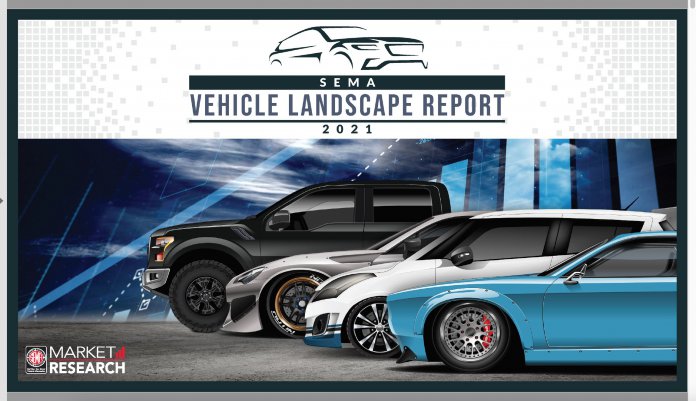How much did you cut back on driving during the coronavirus pandemic of 2020?
According to the Department of Transportation and Federal Highway Administration, Americans drove 2.83 trillion miles in 2020. Sounds like a lot, doesn’t it? If my math is correct, that’s the equivalent of nearly 42,000 roundtrips to Mars and back.
But in reality, that 2.83 trillion miles was a 13 percent drop from 2019 figures.
Question 1: Did you cut back on your automotive travel in 2020, and by how much?
In a normal year — at least “normal” for me — I drive 25,000 to 35,000 miles. For one thing, I like to drive, and if an assignment takes me to a car museum in Maine or Michigan, to an auction in Florida or Texas, or to a concours in California, I’d much rather drive there than fly there.
Of course, along came the coronavirus and a pandemic that brought along a fear of exposure, and in 2020 I drove only a little more than 6,000 miles.
While the “normal” person cut back 13 percent, my mileage was reduced by 80 percent. Yes, I am eager to get back out on the there, and already have trips planned to Florida, California, and Alaska, though that last destination likely will have to wait until 2022.
“How has Covid-19 affected driving?” is one of the subjects covered in the latest research report from SEMA’s Market Research department. Spanning 89 pages, “SEMA Vehicle Landscape 2021” is designed to share the latest data and some forecasts with those who produce and sell automotive aftermarket equipment, whether it’s being used for a simply oil change or a full classic car restoration.
By the way, the automotive landscape — 281.4 million passenger vehicles — is changing. Knowing how the mix is changing is important to those producing and selling aftermarket parts and services, and some of the findings figure to be of interest to collector car hobbyists as well.
Here are some highlights:
* We’ve talked about how much people have been driving, but who has been doing that driving, and what have they been driving?
As of 2019, a record 228.7 million people had US driver’s licenses. The largest demographic was those age 65 and older, comprising 20 percent of the driving pool. The 35-44, 45-54 and 55-64 age groups each accounted for 17 percent of those driving. Those 16-14 represented 11 percent and those 25-34 (the heart of the Millennials) were second only to Baby Boomers at 18 percent.
* The average US household has 1.88 vehicles. Sixty percent of those vehicles are “light trucks,” a category that includes pickups, SUVs, vans and the fastest-growing segment, crossovers (basically unibody station wagons with ground clearance).
By 2028, light trucks are expected to comprise 82 percent of all new light-vehicle sales, and that same year nearly half of the overall vehicle fleet — 49 percent — is expected to be crossovers.
* Only 1 percent of vehicles in the US fleet are powered by alternative fuels — and primarily they are hybrids. While 1 percent might seem a small number, it represents 4 million vehicles, and the number is growing with the fully electric fleet expanding, from 2 percent of new car sales in 2020 to an anticipated 7 percent in 2025.
* To help put those numbers in perspective, consider that SEMA reports the classic car fleet to include 3.5 million vehicles produced before 1970, another 1.8 million from the 1970s and 4.1 million (about the same number as current hybrids) from the 1980s.
* Another interesting statistic: Add up those classics and you get 9.4 million vehicles, which nearly matches the 9.8 million “sports cars” registered in the US. Important to know that to SEMA “sports cars” includes not only Porsche 911s but Ford Mustangs, Subaru WRXs and Mini Coopers, in other words, traditional sports cars but also modern muscle cars.
SEMA notes that sports cars may not match other categories in volume, but “are sought after by auto enthusiasts.”

It’s the same with classic and collector cars, their owners are enthusiasts, and hopefully we’re all getting vaccinated and will be out and about very soon, enjoying our vehicles and tallying up the miles.






hopefully we’re all getting vaccinated???
No not till I’m forced…..